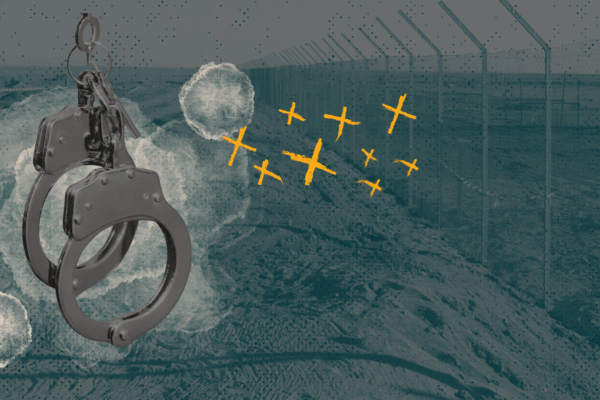June 17 marks the 52nd anniversary of America’s War on Drugs, a governmental effort that significantly heightened the penalties for those who sell drugs and those who use them. Heavy criminalization fractured families and communities – doing nothing to stop substance use.
Drug use has been prevalent in the United States since the mid-1860s with drugs like morphine and laudanum marketed as cure-all medications. However, as the 1900s approached presidential administrations began taking a more punitive approach to drugs. This was first seen with the passage of the 1909 Smoking Opium Exclusion Act, which heavily targeted Chinese immigrants. It’s important to note that the United States had been importing opium for nearly a century. In 1914 the Harrison Act was passed which targeted the distribution and production of cocaine through forming the first federal narcotics agent.
The dawn of the War on Drugs
Harry Anslinger is often referred to as the Father of the War on Drugs. He took over the Federal Bureau of Prohibition (later changed to the Federal Bureau of Narcotics) just as the alcohol prohibition was ending in the 1930s, leaving his department nothing to do. As a result, he created hysteria over marijuana, claiming it to be more dangerous than heroin. Anslinger is the first person to use the term “warfare against drugs” during his time at the FBN.
As the 1960s rolled around, medicinal and recreational drug use in the United States became touted as a major security issue by politicians and government officials. Richard Nixon exploited these fears among social conservative voters during his presidential campaign, and was elected president in 1968. Under his administration, the U.S. Congress passed the Controlled Substance Act which created five schedules to regulate drugs. Classification is based on a drug's medicinal use, potential for abuse, and safety or dependency, with Schedule I having the most potential for abuse and Schedule V having the least potential for abuse.
On June 17, 1971 Nixon officially declared the War on Drugs, telling Congress that drug addiction had become a “national emergency” and that drug abuse was “public enemy number one”. BY 1973 the Nixon administration had founded the Drug Enforcement Agency — a special police force specifically designed to target illegal drug use and smuggling in the United States. John Ehrlichman, one of Nixon’s top advisors, said that “[w]e couldn’t make it illegal to be either against the war or Black.” But, by getting the public to associate drugs with both hippies and African Americans, the administration could then criminalize both heavily.
A decades-long crusade with disproportionate casualties
There was a brief pause under the Carter administration, but the war resumed in the 1980s. Ronald Regan added the fear of crack cocaine to the mix with the passage of the 1986 Anti-Drug Abuse Act. This piece of federal legislation granted $1.7 billion for law enforcement to fight the War on Drugs and established further mandatory minimum sentencing for drug offenders.
Mandatory minimums created disproportions in drug sentencing that further racialized the criminal justice system. For example, possession of 5 grams of crack cocaine, which was disproportionately consumed by African Americans, triggered an automatic five year jail sentence whereas possession of 500 grams of powder cocaine, which was largely consumed by a richer and whiter population, merited the same sentence.
Harsher drug sentences continued into the 1990s when Bill Clinton passed the 1994 Crime Bill — a $30 billion piece of legislation that funded 125,000 new state prison cells, mandated life sentences via three-strikes laws, and added 60 new crimes worthy of the death penalty. Nationwide, the number of people locked up for non-violent, drug-related crimes rose from 50,000 to 400,000 between 1980-1997. Over the last 40 years, the number of people convicted for drug related crimes rose more than 500%.
Coming Soon: Arizona’s war on drugs (Part 2)
In the second part of “Fifty-two Years of Fear and Failure,” I'll explain how state officials used the War on Drugs against Arizona communities. With one of the largest prison populations in the world, the state has taken punishment to a new extreme. Check back soon to read about policies that got us where we are today, and learn about solutions forward.



